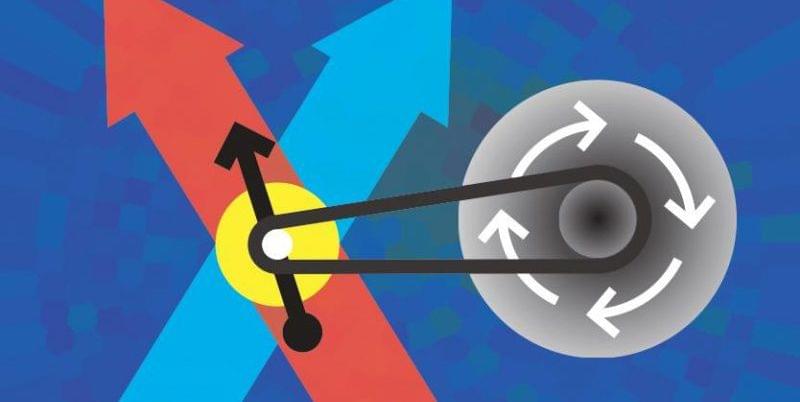Circa 2019
An international team of physicists have created what they’re calling the world’s smallest engine. How small is it? The entire engine is a single calcium ion, making it around 10 billion times smaller than a car engine.
The experimental engine was conceived by an international team led by Professor Ferdinand Schmidt-Kaler and Ulrich Poschinger of Johannes Gutenberg University in Mainz, Germany. The engine is electrically charged, which makes it easy to trap using electric fields. The moving parts of the engine are the ion’s “intrinsic spin.” On an atomic level, spin is a measurement of an atom’s angular momentum.
Within the engine, spin is used to capture and convert heat absorbed from laser beams into oscillations, or vibrations, of the trapped ion. The vibrations act as a flywheel and its energy is placed into units called “quanta,” predicted by quantum mechanics.








